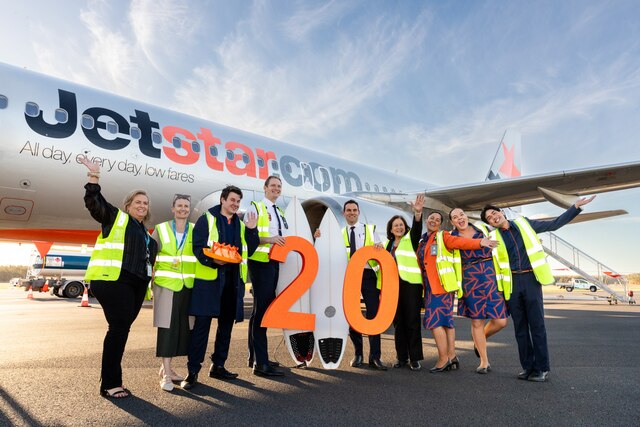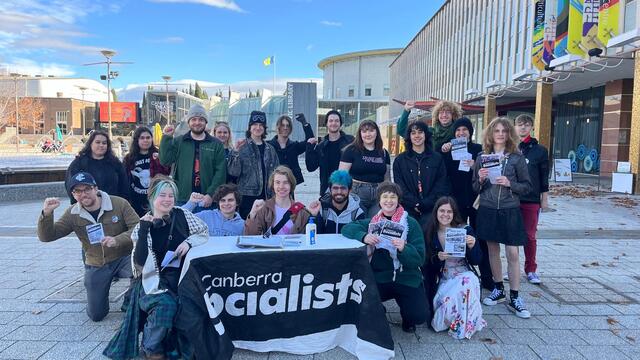In each edition we feature the views of a Local Government Association President. The following is from Councillor Sara Murray, President of the Local Government Association of New South Wales.
2003 promises to be an exciting time for Local Government in New South Wales, beginning with our State Government election in March, followed by the Local Government elections in September. These elections provide a good opportunity for our Association to advance the agenda of Local Government. As the sphere of government closest to the people we are always listening to their requests.
It is our responsibility to pass the message on to the future State Government and ensure that local demands are incorporated into their policies. For the upcoming State election, we have provided all Councils in NSW with a comprehensive election kit which covers a number of specific commitments Local Government is seeking to obtain from the major parties. Mayors have been asked to discuss the issues that are most pertinent to their communities with local candidates and drive the message home using media coverage.
The NSW Government is not unique. Like other State Governments, it is intent on devolving responsibility and costs onto our shoulders without providing additional resources. We see a review of the funding arrangements for infrastructure, like roads, water and sewerage that are managed by Councils, as a priority.
We know that this funding is available. The NSW Government refuses to allocate a share of its National Competition Policy payments to Local Government in contrast with Victoria, Western Australia, and Queensland where Local Government has been allocated between four and 20 per cent of the States’ competition payments. We are demanding our share.
Council engagement has grown in local and regional economic development in response to community needs for employment opportunities, incentives for growth and long term sustainability. This is in the face of the inadequate economic development commitment of State and Commonwealth Governments.
Many Councils are concerned that their communities and regions are lagging or declining. At the same time strong economic and population growth in the greater metropolitan area is creating pressures on infrastructure, the environment and quality of life in the cities. Rapid population growth is also placing immense stress on coastal regions.
The current development path of NSW is unsustainable from economic, social and environmental perspectives. Growing disparities in employment, wealth, income and educational opportunities have become evident both between and within regions in NSW, particularly in comparison with urban centres such as Sydney.
There has been a lack of commitment to regional policy by successive State and Commonwealth Governments with an over reliance on market mechanisms to determine outcomes. While market forces have served to generate wealth in certain regions such as global Sydney, they have allowed the neglect of many other regions, both rural and urban.
NSW needs a long term plan for State development. We are recommending that the key elements would include integrated transport and land use strategies; a regional migration and population settlement strategy; and emphasis on education and the knowledge economy.
Another area where NSW is lagging behind the other States is rate pegging: we are the only State where this system is still in place and it restricts Local Government’s ability to respond to the needs of its communities. Lgov NSW has established a Rate Pegging Task Force to reform the current rate variation process to make it more transparent and responsive to the needs of individual Councils. The Task Force has proposed a two tier framework which is currently being developed. We will be making recommendations to the State Government on reforming the current system.
There are many challenges and opportunities ahead. I am looking forward to my first year as President of the Local Government Association of NSW.







